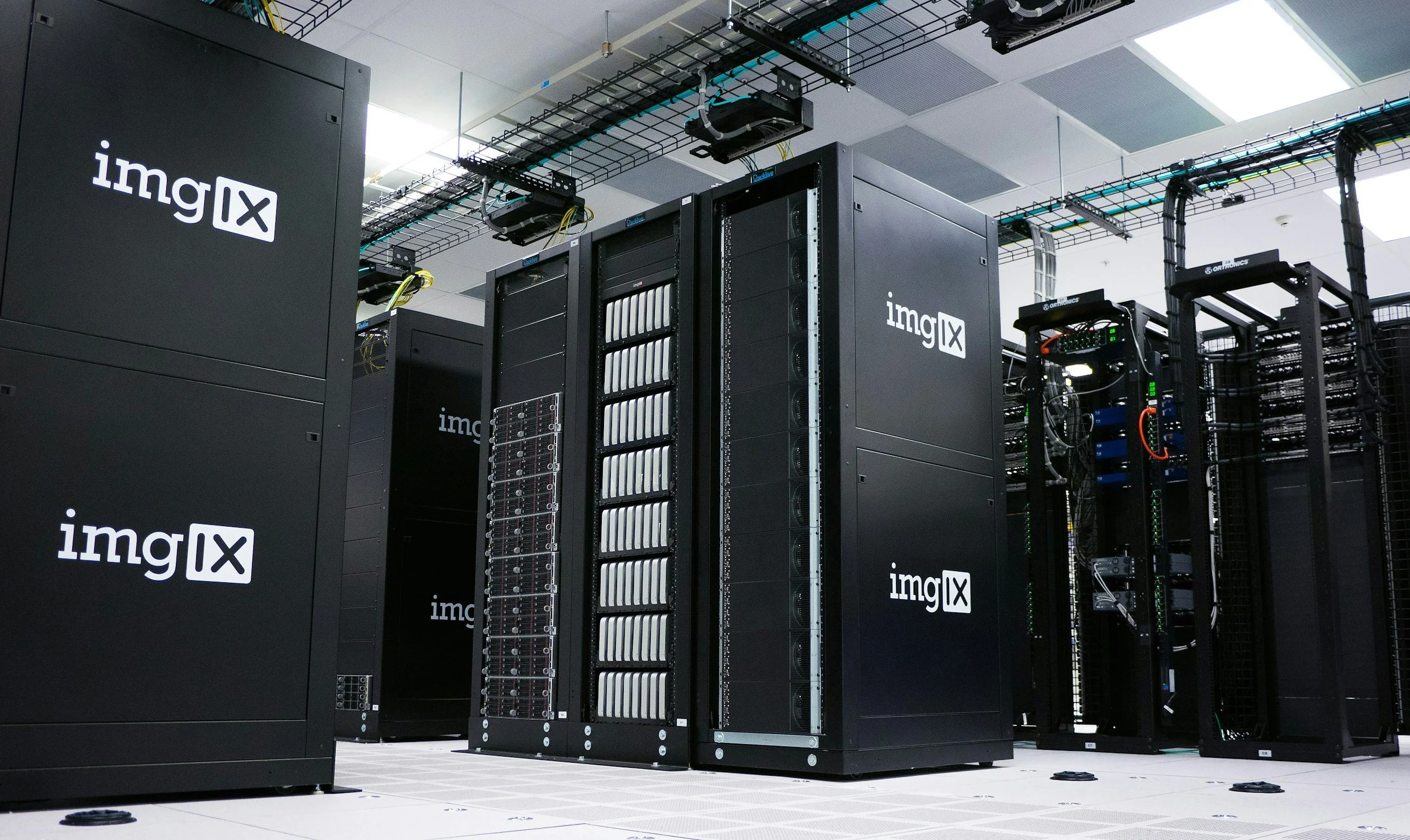An Analysis of European Infrastructure
European demand for infrastructure is growing with key drivers in the form of the green and digital transition, heightened geopolitical tensions, and the rapid rise of artificial intelligence. However, the continent faces a substantial investment gap, expected to reach US$2 trillion by 2040, which would require both public and private capital to address.
European demand for infrastructure is growing with key drivers in the form of the green and digital transition, heightened geopolitical tensions, and the rapid rise of artificial intelligence. However, the continent faces a substantial investment gap, expected to reach US$2 trillion by 2040, which would require both public and private capital to address.
The European Infrastructure Investment Imperative
Europe in the modern day finds itself at a crossroads, facing a pressing need to modernize its infrastructure to enhance economic competitiveness, ensure strategic autonomy, mitigate growing global isolationism, and meet ambitious climate goals. This imperative is made more urgent due to aging assets, growing green energy and digital transformation demand, and a reenergized focus on security.
The G20’s Global Infrastructure Outlook estimates the European infrastructure investment gap, which represents not only a challenge to long-term growth but also a substantial opportunity for capital deployment, to reach US$2 trillion by 2040, which equates to an annual shortfall of 0.35% of GDP. To deliver on objectives highlighted by the European Green Deal (EGD), annual investments are required to increase by approximately EUR 520 billion per year until 2030. The key areas where investment is required can be broken down into traditional infrastructure, infrastructure networks, clean energy infrastructure, and digital infrastructure.
European policies are underpinning this investment push, including significant EU initiatives like NextGenerationEU (NGEU), which includes a major infrastructure commitment of EUR 800 billion. Furthermore, a key component of a sustainable finance strategy is the EU Taxonomy, a regulatory classification system that defines criteria for economic activities aligned with a 2050 net-zero policy and other environmental objectives.
However, scaling up requires investment, which faces large challenges, the primary of which is constraints regarding public finances. European governments are facing little fiscal headroom to allocate already scarce public budgets due to a simultaneous increase in demand across the infrastructure spectrum, as well as challenges with an ageing population. Consequently, a private-public partnership in capital deployment will prove essential in meeting investment goals in Europe.
Energy and Digital Infrastructure
The energy transition represents one of the largest infrastructure overhauls in modern history as well as one of the largest investment opportunities. EU electricity consumption is projected to increase significantly by 2030, necessitating an estimated EUR 584 billion investment to meet growing demand.
Analysis, such as the Ten-Year Network Development Plan (TYNDP) 2024, highlights the critical need for grid and electricity infrastructure modernization, with various energy themes remaining central to the infrastructure discussion:
Total cumulative electricity infrastructure investment is projected to reach approximately EUR 863 billion by 2050.
By 2040, 108 GW of additional cross-border capacity is required to minimize total system costs, an investment estimated at EUR 6 billion annually, which would result in an increase in socio-economic welfare of EUR 13 billion annually.
Hydrogen infrastructure is central to decarbonization and meeting growing demand, with the European Hydrogen Backbone aiming to develop a 58,000km pipeline network by 2040, 60% of which would be composed of repurposed natural gas pipelines.
The staggering growth of Artificial Intelligence (AI) is transforming digital infrastructure and various aspects of the AI supply chain into high-growth sectors. With AI adoption accelerating, the need for various inputs such as computing power, energy, storage, and components transportation is growing in tandem. Data center demand growth is expected to account for 8% of total power demand in the US by the end of the decade, with this number expected to be similar for Europe, driven by other factors including cloud computing and the digital transition across the continent. This surge has placed data centers, alongside sustainable energy generation and batteries, among the sectors with the most favorable investor outlook as well as at the forefront of a pick-up in M&A activity.
As previously mentioned, private capital will be crucial going forward in infrastructure investment, and trends seem to be shifting beyond large traditional core assets to include mid-market infrastructure and smaller, innovative projects. A growth in technologies that allow for decentralization and innovation while capitalizing on cutting-edge trends attracts infrastructure investors interested in returns driven by capital appreciation as opposed to long-term income streams. Growth in circular economy models, covering areas including water treatment, waste management, and recycling, is increasingly drawing investment despite being historically overlooked by presenting attractive and resilient opportunities characterized by high entry barriers and contract-based business models. A further exciting aspect of the outlook for investment in Europe is the growth in capital from the private wealth channel, private credit, and other institutional investors, as well as global sovereign wealth funds, all of which are becoming important sources of liquidity for infrastructure investment alongside public investment.
Investor Sentiment and Barriers to Deployment
Despite numerous exciting trends and a long-term positive outlook, investor sentiment remains cautiously optimistic regarding both capital deployment and deal-making in 2025, following challenging years for fundraising and market activity since 2022. The primary barriers come down to two key areas:
Regulatory Risk and Political Instability
Investors who deploy capital with long-term horizons of 20+ years will prioritize stability and risk management. A rapidly changing and unattractive regulatory regime remains a barrier to investment, with a key example being concerns in the UK-regulated water sector. Furthermore, political instability in major economies and escalated tensions are affecting investors across financial markets beyond infrastructure and Europe. Attracting the necessary private capital to execute a transformation of European infrastructure requires harmonization and a coordinated effort regarding regulation, de-risking measures such as public guarantees and co-investment, and a clear pipeline of investible projects.
Implementation challenges
The ambitious timeline of infrastructure development and renewal is constrained by various practical limitations, alongside lengthy and complex regulatory processes. Supply chain issues with regard to natural resources, as well as key components, increases, and the volatility in input prices, result in timelines and costs being difficult to project accurately. Europe also struggles with a shortage of skilled labor in various advanced technical roles required for grid infrastructure, relative to regions and nations that have overhauled their grids more recently. Finally, the complexity of executing infrastructure projects has increased amidst a high level of strain due to growing demand and usage across the board.
Conclusion
It seems clear that Europe is about to experience a significant period of change with regard to infrastructure, with Germany’s EUR 500 billion special fund for infrastructure alongside various ongoing megaprojects acting as evidence of this. With various trends such as decarbonization, digitalization, global protectionism, and AI, the demand for massive infrastructure deployment is strong. However, maximizing the efficiency of this investment as well as closing the investment gap requires not only policymakers to mitigate uncertainties, address fiscal constraints, and streamline execution, but also requires an unprecedented level of private-public partnership in capital deployment.
Camu, P. & Cannell, T. (2025) 'Infrastructure in 2025: Megatrends and Mid-Market Opportunities', Goldman Sachs Asset Management. Available at: https://am.gs.com/en-us/advisors/insights/article/2025/infrastructure-2025-megatrends-mid-market-opportunities
Chandler, H. (2025) 'EU infrastructure modernisation: tackling the finance challenge', GIIA. Available at: https://giia.net/insights/eu-infrastructure-modernisation-tackling-finance-challenge
ENTSO-E (2025) TYNDP 2024 / Infrastructure Gaps Report / Opportunities for a more efficient European power system by 2050. ENTSO-E.
European Commission (2020) EU taxonomy for sustainable activities. Available at: https://finance.ec.europa.eu/sustainable-finance/tools-and-standards/eu-taxonomy-sustainable-activities_en
European Environment Agency (EEA) (2023) Investments in the sustainability transition: leveraging green industrial policy against emerging constraints. European Environment Agency. Available at: https://www.eea.europa.eu/publications/investments-in-the-sustainability-transition
Gas Infrastructure Europe (GIE) (2024) Public Support is Key for Hydrogen Infrastructure Development Ensuring Energy Security and Affordable Decarbonization. Press Release, Gas Infrastructure Europe.
Global Infrastructure Investor Association (GIIA) & Alvarez & Marsal (2024) Infrastructure Pulse.
Global X ETFs Europe (2024) European Infrastructure: Investing for the Modern Age. Global X ETFs Europe. Available at: https://globalxetfs.eu/european-infrastructure-investing-for-the-modern-age/
Goldman Sachs Research (2025) 'Data centers could boost European power demand by 30%', Goldman Sachs. Available at: https://www.goldmansachs.com/insights/articles/data-centers-could-boost-european-power-demand-by-30-percent
Müller, M. (2022) Future European infrastructure: investing in change and resilience. Deutsche Bank Wealth Management, Chief Investment Office Special.
A Discussion on Private Credit
Private credit continues to surge as institutional investors seek alternatives to volatile public markets. With banks retreating from lending, direct lenders are stepping in to finance mid-market deals at record volumes and yields.
Private credit’s growth and volatile equity markets incentivise companies to stay private.
Private companies enjoy several benefits compared to public companies. They retain greater control and flexibility in their operations as their ownership is more concentrated, which requires fewer approvals for strategic decisions. In addition, private companies do not face public market scrutiny, so management can focus on achieving long-term objectives rather than meeting investor expectations at earnings reports. Moreover, few disclosure requirements apply to private companies, which protects their trade secrets, margins, and strategy from competitors.
Despite these advantages, the most pressing trade-off is reduced access to capital and liquidity, which usually entails a higher cost of capital as well. When companies reach a certain size, it becomes increasingly complex to secure funding in private markets due to a smaller pool of assets, their illiquidity, and the lack of scale. However, the recent growth of the private credit asset class has doubled in the last decade, mitigating this trade-off and providing companies with the opportunity to extend their private life cycle.
Moreover, particularly volatile equity markets make it less attractive for companies to go public. Stripe, a Silicon Valley fintech, decided not to IPO emphasising a long-term product focus and a favourable valuation of $65bn in their last funding round. They are primarily funded by private credit funds from Sequoia Capital, Andreessen Horowitz, and Fidelity. The case of Stripe reflects a major current trend in Tech and similarly applies to the financing of data centres, which require flexible terms due to their uncertain cash flow timeline.
Private Credit does not necessarily directly compete with banks.
Private credit competes with banks in corporate and leveraged financing as they can offer more flexible and tailored debt solutions. Traditional lenders are subject to a stricter regulatory framework than private credit as they pool funds from depositors rather than investors. However, it has a clear edge over private credit in terms of scale, pricing, and access to capital markets. The following two brief case studies highlight how private credit and traditional banks complement each other.
PetSmart – a pet retail company – needed to refinance billions in debt after their leveraged buyout by PE PC Partners accumulated a higher-than-expected debt burden due to disruptions to their cash flow. They were downgraded to a junk status, and the leveraged loan and bond market was closed off to them as banks regarded the deal as too risky. Apollo, KKR, and HPS structured a confidential, fast, and low-visibility $4.65bn private credit deal with flexible terms, which provided PetSmart with the liquidity to stabilise their cash flow.
During Covid-19, Boeing experienced massive cash flow pressure as airlines were unable to deliver on their payments. Boeing is a mature public company with a solid balance sheet and JP Morgan, Citi, BofA, and Wells Fargo set up revolving credit facilities for tens of billions of dollars. Private Credit could not have deployed capital at this scale in the same amount of time and does not focus on a short-term liquidity solution. Additionally, institutional lenders supporting Boeing reassured investors and restored market confidence.
Does Private Credit pose a systematic risk?
The talk around the systematic risk posed by private credit to financial markets has grown over the past year and has been recently amplified by the bankruptcy filing of First Brands. The concerns lie around the lack of transparency and the loose regulation framework of private markets. Particularly, concern is centred around the systematic risk posed to financial institutions as the spread between institutional lenders and private credit increases.
Goldman Sachs Research argued against systematic risk in a report published in the Financial Times. They claim leverage is actually limited and that loans exiting the banking industry decrease systemic risk. Losses in private credit would fall solely on long-only investors of private credit funds, and as they are largely unleveraged, they barely affect financial institutions. Private credit funds borrow from institutions to boost returns, but in the form of credit lines which are in place to offset a potential liquidity crisis and remain widely undrawn.
Investor runs from private credit funds are highly unlikely as money investors are usually locked up for extended periods or in the least, have hard caps on redemptions. Additionally, private credit funds do not face asset-liability mismatches like banks and are still able to access, although limitedly, secondary markets for private credit loans.
Conclusion
Private credit is evolving into a mature asset class that complements institutional lending in specific scenarios. Its capital inflows support companies wishing to remain private for longer. However, its limited scale and transparency means it does not yet rival traditional banks and must continue to enhance liquidity and openness, particularly in secondary markets, to further increase its role in corporate finance.
HSBC (2025) Private credit: From alternative to strategic asset class. Available at: https://www.business.hsbc.com/en-gb/insights/financing/private-credit-from-alternative-to-strategic-asset-class
Dunkley, E. (2025) 'Wealth fund warns of private credit risks', Financial Times, 28 July. Available at: https://www.ft.com/content/cba83fe4-9606-42ce-9a08-4e3e8a314a5b
Wigglesworth, R. (2025) 'Four reasons why private credit isn’t actually a systemic risk', Financial Times, 1 August. Available at: https://www.ft.com/content/75d85d5f-6aa0-4f16-ac52-1768b89799ff








